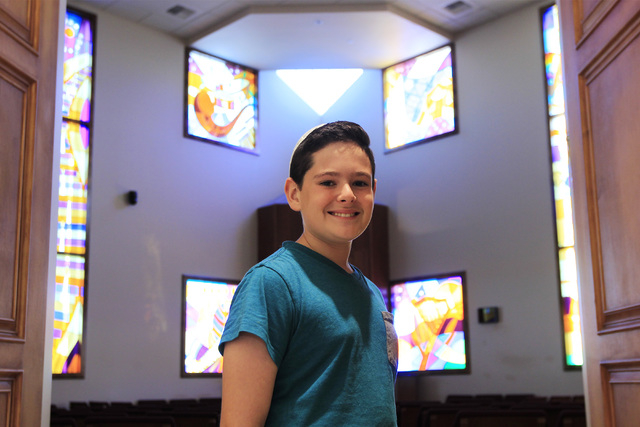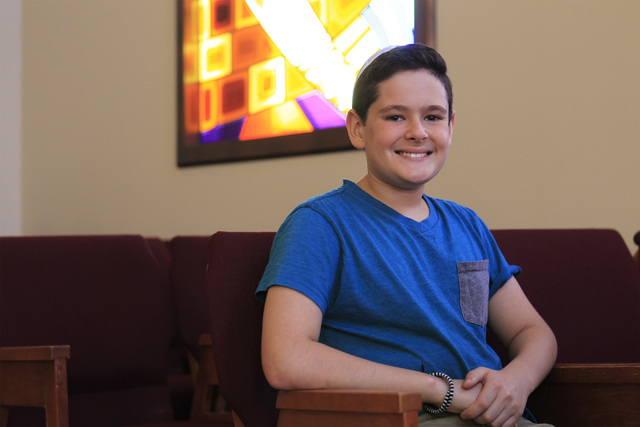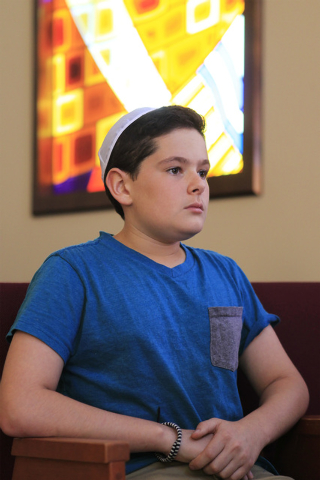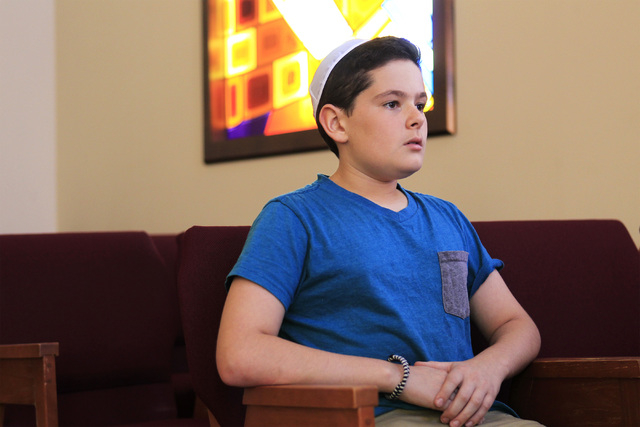Yom Kippur observance is a time of forgiveness, atonement
The Jewish tradition of the 10 Days of Repentance or Days of Awe that began with the Jewish new year, Rosh Hashana, will soon culminate in Yom Kippur, the Day of Atonement. It begins Friday evening and concludes at sunset Oct. 4.
Yom Kippur marks a period of reflection and repentance, local rabbis say.
“It’s a day God forgives us,” says Rabbi Shea Harlig, director of Chabad of Southern Nevada, a hub of Jewish education and outreach in the valley. “We regret what we’ve done and we resolve never to do it again.”
Rabbi Felipe Goodman of Temple Beth Sholom, a Conservative synagogue in Summerlin, stresses that transgressions against another human being require forgiveness from that person.
“God cannot forgive you for that,” he adds. “This sends a very important message that Judaism is a religion of accountability. It’s a religion of action, and not necessarily of words.”
One theme of the Days of Repentance that reminds people to stay accountable: the idea that one’s name may be inscribed in the Book of Life on Rosh Hashana, the Day of Judgment, when judgments are made about who will live, who will die, who will thrive, and who won’t, in the coming year. But actions of repentance, prayer and charity during the Days of Awe, also known as the High Holy Days, can change the decree. The judgment is sealed on Yom Kippur.
“Obviously, good people will die in the year to come,” says Rabbi Sanford Akselrad, senior rabbi of Congregation Ner Tamid, a Reform synagogue in Henderson. “But the metaphor teaches us that, to some extent, we have control over our fate. So take 10 days and reflect, change, repent. Give to charity. Make amends with those you have wronged. You may not live forever, but you will live a life that is full. A life filled with meaning.”
“For people who participate in true repentance, that’s life- changing,” he adds.
The Book of Leviticus, Chapter 23, from the five books of Moses, mandates Yom Kippur as a biblical holy day, and the only biblical fast, Goodman says.
“Yom Kippur” translates into English as the “day of atonement,” Akselrad says. “If you take the word ‘atonement,’ it means ‘at-one-ment.’ We’re supposed to be at one with ourselves. We’re supposed to be at one with our friends and family. And we’re supposed to be at one with our God. We have to recognize that we have erred, that we’re imperfect. We can’t stand behind our hubris.”
One example of communal atonement relates to the Kol Nidre, a prayer that begins Yom Kippur. It’s associated with the Spanish Inquisition, and a time when Jews were forbidden to openly practice their religion, Akselrad says. The prayer developed out of a sense of communal guilt for not openly practicing Judaism.
Yom Kippur is a day of avoiding mundane pleasures and work. The television stays off in the midst of a fast lasting about 25 hours, with no drink. Those observing it are to spend the day praying and pondering how to be better in the coming year, Goodman says. On the eve of Yom Kippur, there’s a two-hour service and a meal in preparation for fasting. And, much of the day of Yom Kippur takes place at the synagogue. Goodman’s synagogue offers only a 45-minute break in the day’s activities.
The festive meal breaking the fast traditionally consists of dairy foods, bagels, cream cheese and lox. Round foods at this meal are traditional; for example, bagels, representing the cycles of life.
Marc Kligman, who’s been attending Chabad of Summerlin since his family moved to Las Vegas in 2013, says the day is “relatively draining.” Kligman and his wife, Leah, describe themselves as “religiously observant.”
His twins, a boy and a girl, are 11 years old; his younger son is almost 10. They’ve been learning about Yom Kippur for years, he says. He reminds them of what the rabbis tell them at school: “On Rosh Hashana, the day we crown God as King, we ask to be written into the Book of Life. And then on Yom Kippur, it’s sealed.”
Although his children aren’t old enough to do the full fast, they’ve been practicing, sometimes into the late morning or early afternoon. Since they were 5 or 6, they’ve stayed with him in the synagogue during the long day.
For 13-year-old Riley Neal, who attends Temple Beth Sholom in Summerlin, this year will mark his bar mitzvah. It will also be the first year that he’ll start fasting in earnest.
“I think that it will mean really becoming a part of the Jewish community in this time when we ask for forgiveness,” he says.
While it’s important for kids to start fasting when they’re 13, Goodman says, they need to understand the meaning of the day.
“I would say to children, part of what Yom Kippur is trying to tell you is to be part of your community, and that you cannot observe this in a vacuum. So if you’re going to fast, do it with your family. Do it with your community. Go to a synagogue.”
The most important message of the day, Goodman says: “That change is possible. That people can improve themselves by returning towards God and returning towards the core of who they’re supposed to be.”


























